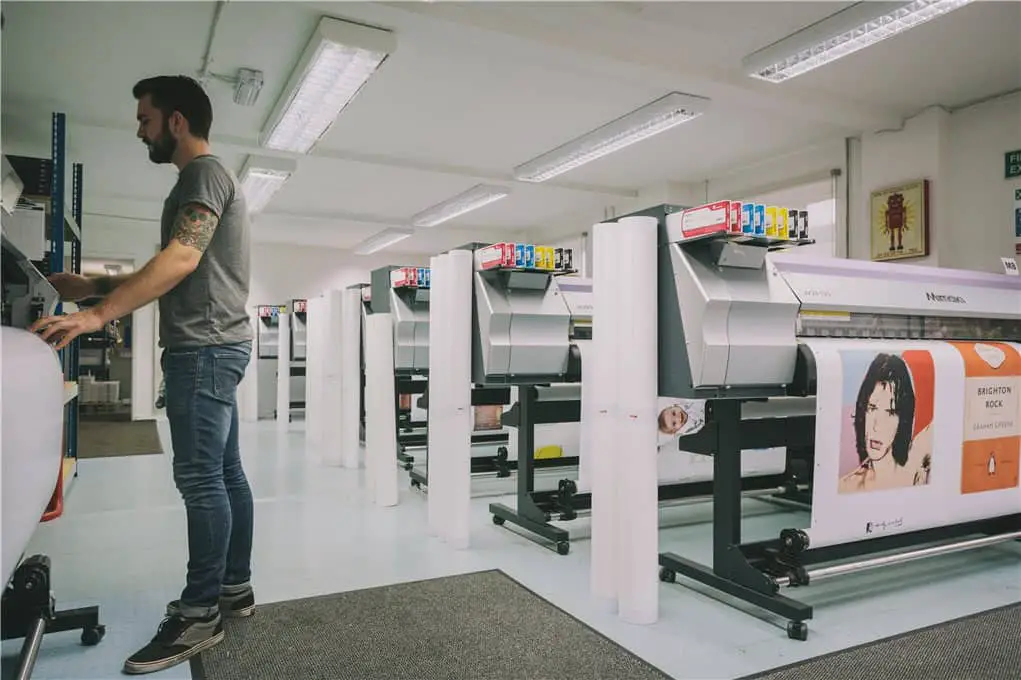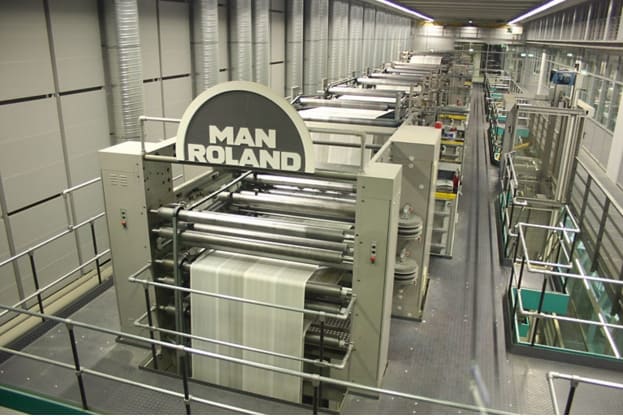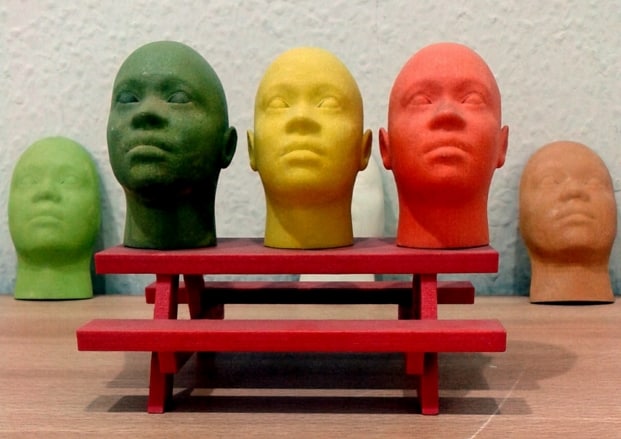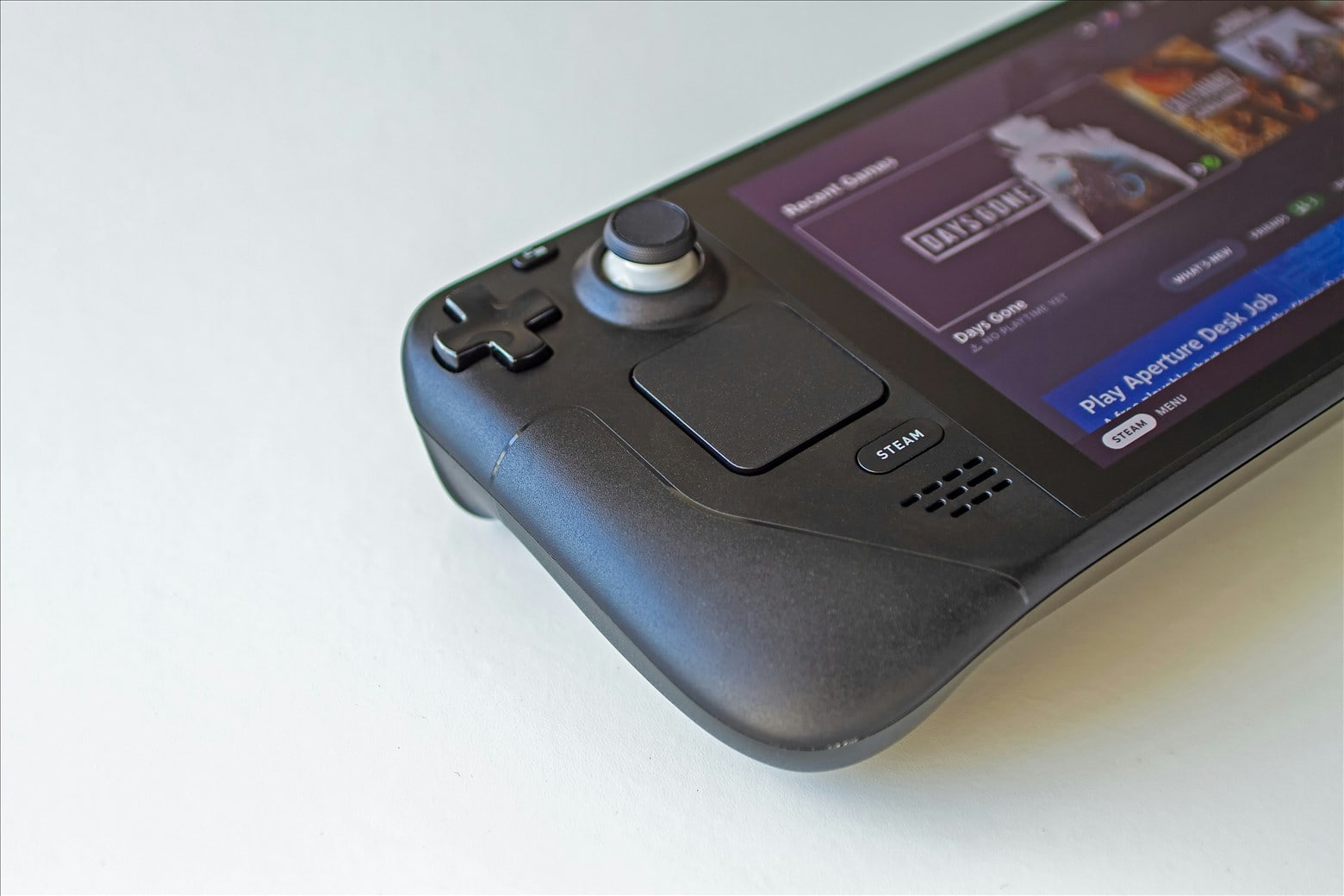
Note: This is a guest post written by Raul Harman
We truly live in an exciting age and printing technology is no exception. Today, there are so many printing options available for us to choose from but not even this is always smooth as butter. Sometimes, having too many choices can be as restricting and confusing as not having enough.
The greatest cause to this is the dilemma of which is superior, lithography or digital printing. Seeing how both sides have their pros and cons, this is not a question on which an answer can be given lightly. Still, here are some of their features which we hope will help shed some light on this ever burning topic.
The difference in method
Lithography uses a quite simple and completely mechanical printing process. The way it works is that the image you want printed gets burned onto a metal plate with help of a laser. After that, all of this gets loaded onto the printing press and this is pretty much it.
On the other hand, digital printing tends to overcome many mechanical steps of this process such as making the plates, which make this process much quicker. Even though traditional printing tries to stay in the race by offering great online deals on toner cartridges, it is quite unlikely it will manage to persevere against such adversaries as litho and digital print.

Range of materials used
For starters, when it comes to materials that are eligible for printing in this way, lithography really is something exquisite. Not only does it allow one to print on surfaces such as paper, card and plastic, but it also maintains its intended quality on all of them.
When it comes to digital print, it in no way lags behind lithography. In fact, it is almost incredible how this method manages to preserve such bright, vibrant images regardless of what you are printing on.
This being said, if your primary concern is printing on unorthodox textures, you cannot go wrong with either one of them.
Short vs. long run
Now, this is a question with a much more straightforward answer.
Namely, if you are going for a short run and don’t believe that you will need your printer for a particularly long time, you should probably go with digital. Your digital printer can be set up in just a few minutes and although the device itself can be quite pricy, remember that if you want quality you will always need to pay for it.
It takes too much time and effort to set up lithography, but once you do so, you are settled for good. With this in mind, here again you have no right or wrong choice but only the right or wrong choice for your specific needs.
Proofing and customization

There are however two fields in which digital printing reigns supreme and to which lithography simply cannot measure up. These two incredible options are proofing and customization. First of all, digital printers allow you to see what the print will look like once everything is done.
This enables you to rectify any existing errors before you even start printing. This can often be a saving grace. Secondly, even though it is possible to customize your lithography in some ways, customizing a digital printer is much more effective. One of the best examples of this is the ability to alter your fonts in just few clicks.
All in all, it is clear from this that digital printing has some obvious advantages. Although, in the long run, it is not necessarily superior to lithography.
When it comes printing on difficult materials or the quality of image, both of these methods are up to almost any task. In other words, as we already said it, everything comes down to two things – your specific needs and your own personal preference. Choose wisely!
Note: This guest post was written by Raul Harman






